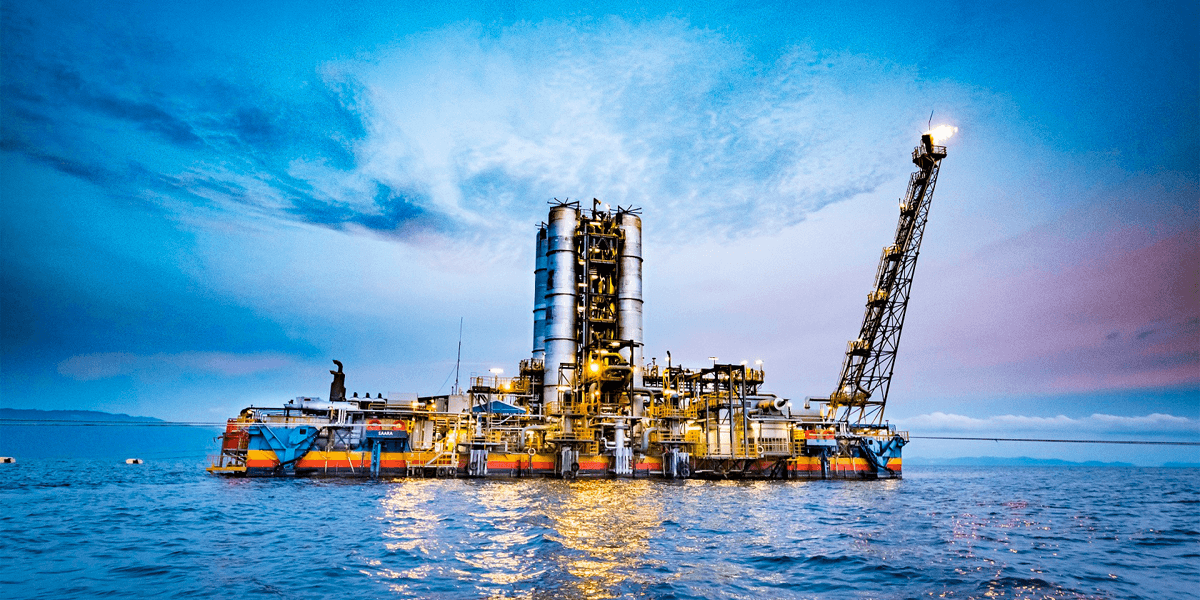
Table of Contents
Introduction
Brack Obama has said,” We are the first generation to feel the full effects of climate change and the last generation that can do something about it.”
Climate change is severe, and everyone can feel it. It’s no longer the melting ice at the poles but severe rainfalls and even snowfall in the desert. This means it is alarming and needs immediate attention. Thanks to the environmentalists and scientists who have pointed out this alarming situation and pushed the government on local and international levels to act upon it.
In this blog, we will study how climate change affects the oil and gas industry and how measures have to be taken to ensure that this sector is a safe workplace while complying with evolving and strict regulations and compliance.
Challenges in Balancing Climate Action and Energy Demand
The oil and gas sector faces unique challenges when balancing climate action and global energy demand. It must also meet evolving environmental, health, and safety regulations. Here are some of the challenges that the sector faces.
What About Safety Processes in the Oil and Gas Sector?
Climate change has its own set of impacts on the safety processes of the oil and gas sector. Due to stricter regulations from government bodies, it is crucial to update the EHS norms regularly in this sector.
Therefore, the oil and gas sector must invest in foolproof EHS software with customized modules. It can also incorporate animated videos to train employees on-site for maximum retention. Also, regularly updating training methods helps foster and enhance the organization’s safety culture.
Conclusion
We understand that the oil and gas industry stands at the crossroads of climate challenges and solutions, holding a dual role as both a contributor to and a critical player in combating climate change. While its operations have historically driven significant greenhouse gas emissions, the industry has the expertise, resources, and global reach needed to lead the transition to a low-carbon future.
This transformation demands collaboration between governments, industry leaders, and communities to create policies, share knowledge, and drive meaningful progress. Most importantly, it calls for accountability, transparent reporting, and measurable actions to ensure commitments translate into impactful results.
The oil and gas sector can help meet global climate goals by embracing change while ensuring reliable energy for a growing world. This vision of a sustainable future envisions the industry evolving into a leader in clean energy, proving that environmental stewardship and energy production are not mutually exclusive but rather complementary pathways to a thriving planet.



